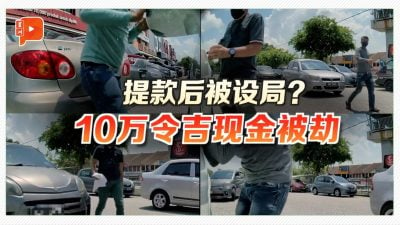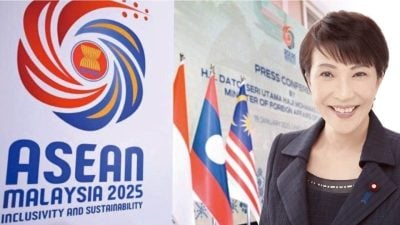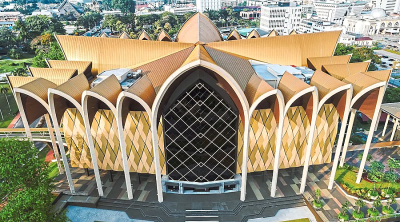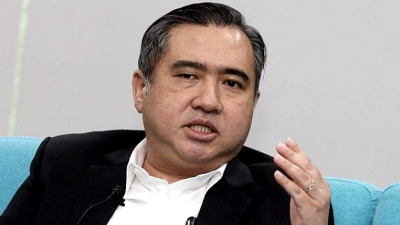It is hoped that Onn Hafiz’s new team will make immigration clearance efficiency one of his administration’s priority KPIs.
Following the reopening of land borders between Malaysia and Singapore from April 1, it is well within everyone’s anticipation that the Johor Causeway and the Second Link will be choked with traffic.
This phenomenon actually has nothing to do with the “retaliatory spending and travelling” mentality of people on either side of the Straits of Johor, as severe traffic congestion had been a chronic headache long before the virus lockdowns of early 2020.
During the first two weeks after the reopening of our national borders in early April, an average of 50,000 passenger-trips were made each day in either direction. But from April 14, some 550,000 trips were made during Singapore’s Easter Day long weekend, more than double the average of previous two weeks.
We can see from video clips shared by members of the public and pictures in media reports the shockingly humongous crowds of people lining up in front of immigration counters on either side during those few days.
The Causeway congestion will be significantly exacerbated after the entire world is opening up for cross-border travels some day, when tourists from across the world will flock into the country like never before. The recent Easter Day jam serves as a forewarning of bigger things to come!
Johor menteri besar Onn Hafiz Ghazi recently visited Singapore and reached an agreement with the city-state’s transport minister S. Iswaran to set up a task force to solve the perennial land crossing congestion problem in the run-up to the completion of the Singapore-JB RTS link project in 2026.
Originally scheduled for completion in 2019, the RTS project was delayed because of a change of the federal government in 2018 and other factors. As a consequence, the project will only come on stream after December 2026, with a projected capacity of 150,000 passenger-trips a day initially, or around 50% of pre-pandemic daily commuter traffic between the two countries, thus effectively easing the severe congestion problem.
From what we know, the RTS rolling stock will comprise of Kawasaki Heavy Industries & CRRC Qingdao Sifang CT251 trains with a capacity of 1,280 each. To make 150,000 daily passenger-trips, the system will need at least 120 train departures each way.
If we were to look at the experiences of other key Asian cities such as Hong Kong and Taipei, having 120 train departures a day should not be a problem at all, but the thing is, we need to address the issue of ticket fare and vastly improve the efficiency of our immigration checks as well as the question of vehicles used by passengers to arrive at the JB terminus (such as shuttle buses).
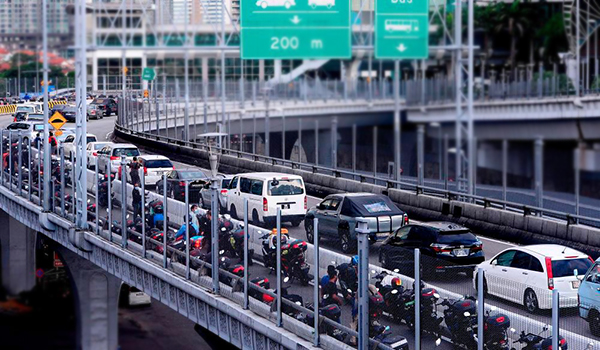
Owing to the urgency of the issues, a task force must be set up fast. If the Malaysian government can do things as efficiently as its Singapore counterpart, then it won’t be hard to hammer out a solution, but that will also mean some economic losses on our part.
Firstly, we can consider adopting some of Singapore’s immigration service SOPs to boost the job efficiency of our frontline personnel at the checkpoints, where much of the traffic is held up actually. We may also want to introduce a reward system to encourage the officials to handle more immigration clearances. A 20% improvement is not that difficult at all!
Secondly, the number of service counters must be increased so that more travelers can have their entry procedures completed within a specific time-frame, thus shortening the seemingly endless queues.
Thirdly, based on the vehicles used to make the land crossings between April 15 and 17, of the 194,300 passenger-trips into JB, 39.3% were in private vehicles, while 43.4% of the 242,500 passenger-trips into Singapore were made in private vehicles. It is obvious that many people are still driving in and out of the country and this is where we should focus on when tackling the cross-border congestion issue.
Perhaps we may also want to consider enforcing no-crossing rule on private vehicles below three-quarters capacity or with plate numbers ending in either an odd or even number on a particular day. This policy should encourage passengers to car pool in order to make the crossing on any given day.
The poor efficiency of immigration officials at the JB checkpoint has long come under public censure. It is hoped that Onn Hafiz’s new team will make immigration clearance efficiency one of his administration’s priority KPIs.
ADVERTISEMENT
ADVERTISEMENT











